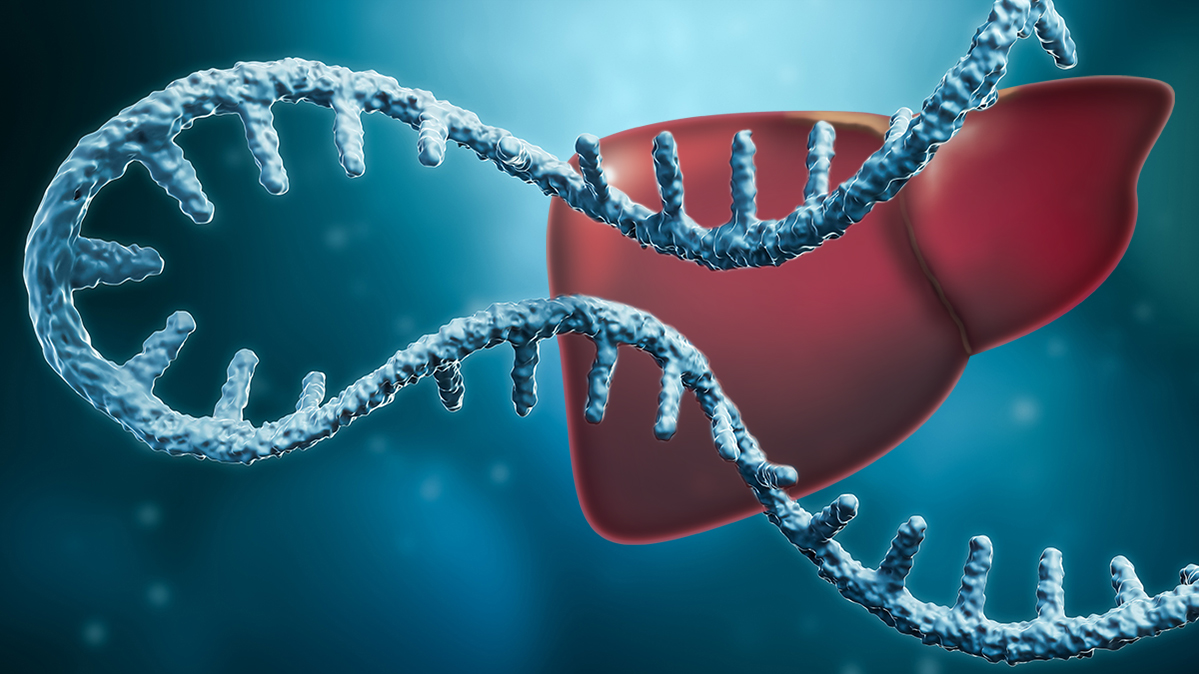The Boehringer Ingelheim Foundation is providing 600,000 Euros in funding for basic research into new approaches to the treatment of liver fibrosis and fatty liver hepatitis.

Curing liver disease with RNA-based therapies. Copyright: iStock/pixabay/Karin Kaiser/MHH
Liver diseases affect millions of people and cause almost 300,000 deaths per year in Europe. They are caused by various types of chronic liver damage. These include fibrosis, which is the scarring of liver tissue, and certain fatty liver diseases caused by obesity or diabetes, known as metabolic dysfunction-associated steatohepatitis (MASH), colloquially referred to as fatty liver hepatitis. Medical research is increasingly turning to RNA-based therapeutics to develop new drugs for liver diseases. Well-known examples are the messenger RNA (mRNA)-based COVID-19 vaccines. Professor Amar Deep Sharma, head of the RNA Therapeutics & Liver Regeneration working group at the Department of Gastroenterology, Hepatology, Infectiology and Endocrinology at Hanover Medical School (MHH), also wants to harness the potential of RNA to treat liver diseases. His latest research project is investigating selected RNA structures that could be used as therapeutic targets to control the development of liver fibrosis and MASH. The Boehringer Ingelheim Foundation is supporting him in this endeavour with around £500,000 over three years as part of its Rise up! programme for innovative basic research.
Three new candidates for RNA-based therapy found
Professor Sharma has been working on the development of therapeutic RNAs for eight years. He achieved initial success with his research into an mRNA that contains the blueprint for the so-called hepatocyte nuclear factor 4 alpha (HFN4α). This protein is an important key factor in liver metabolism. In liver fibrosis, HFN4α levels have been shown to decrease as the disease progresses. In studies, the molecular medicine specialist has already shown that therapeutic mRNA can restore HFN4α levels and reduce liver damage. Based on his research data to date, he now wants to investigate further mRNA therapy candidates for liver-specific diseases as well as non-coding RNAs that could control the regeneration of liver tissue.
A characteristic feature of liver fibrosis is the excessive accumulation of collagen and muscle proteins outside the liver cells. This so-called extracellular matrix is initiated by the formation of myofibroblasts, an intermediate form between smooth muscle cells and connective tissue cells (fibroblasts). In studies of the entire human genome, Professor Sharma and his team have identified three new potential regulators of fibrosis development in the liver. In the current project, the biomedical scientist aims to investigate the exact function of these three RNA candidates and exploit their potential for RNA-based therapy for the treatment of liver fibrosis.
Text: Kirsten Pötzke